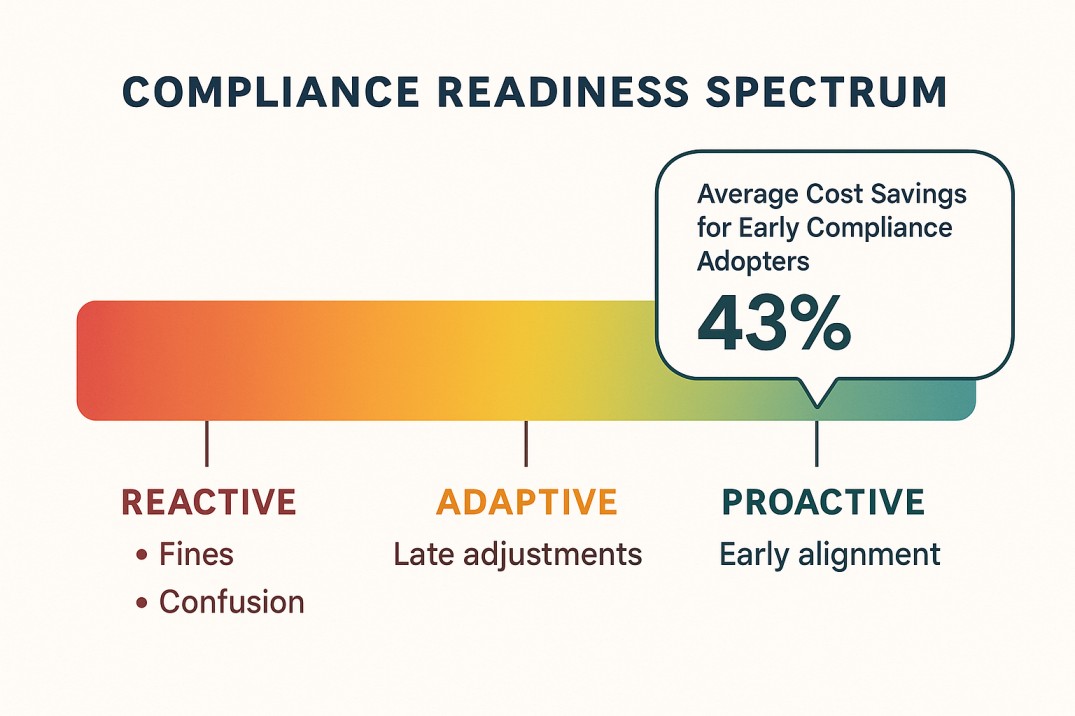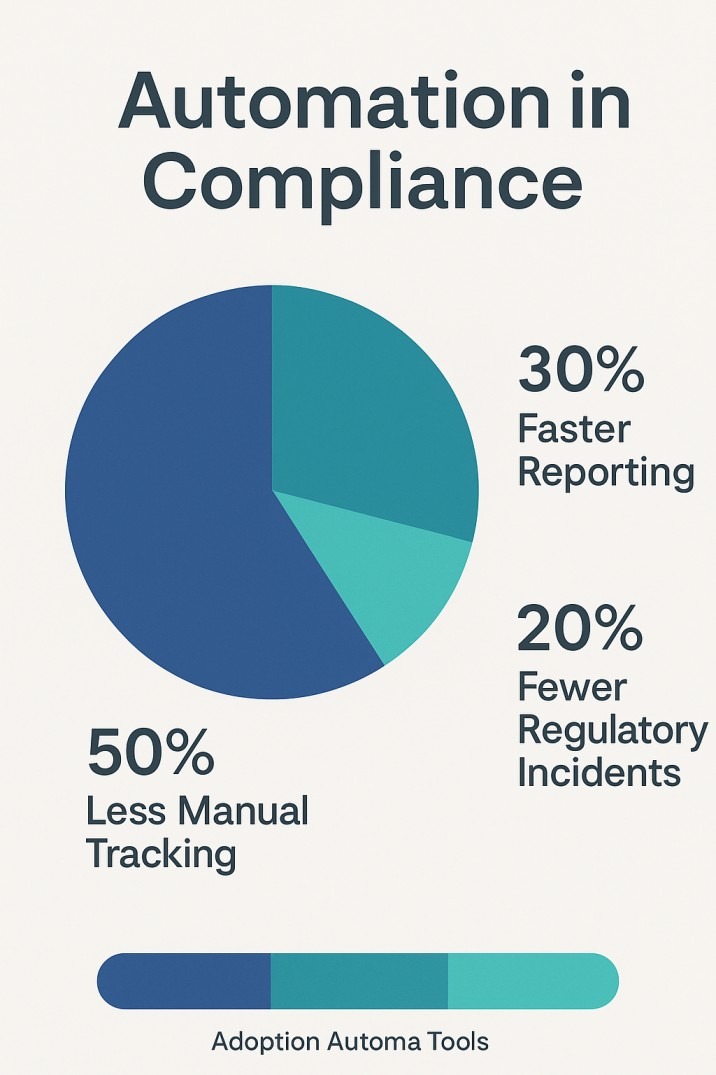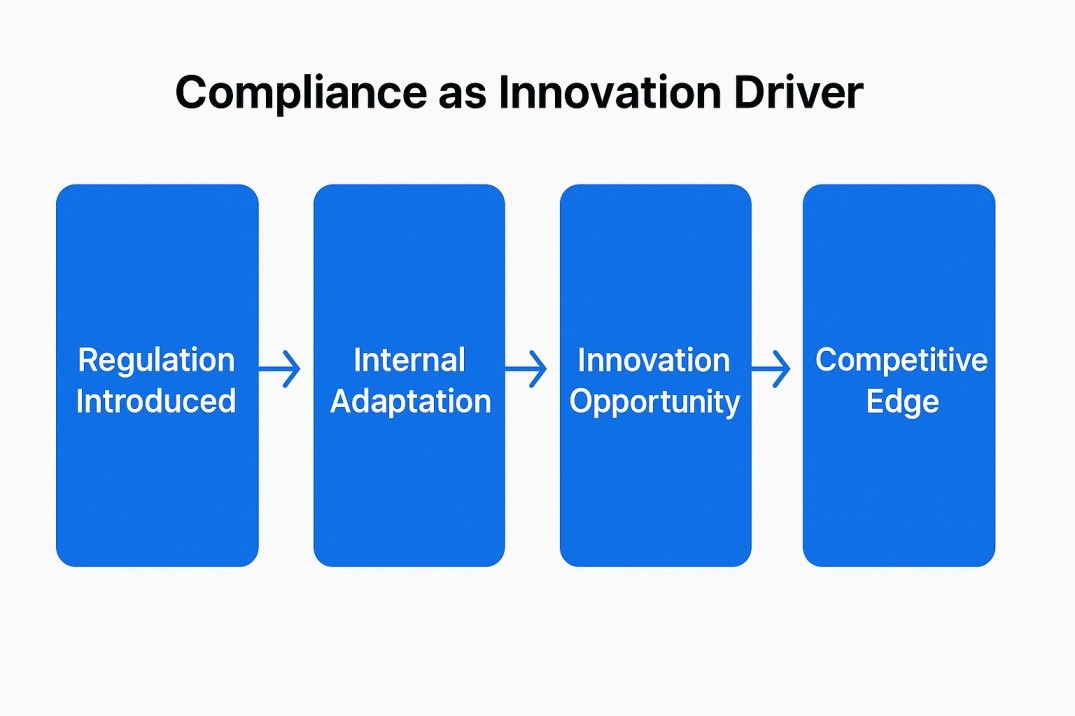Few things are as vital yet as underestimated as timely compliance updates. They may not have the flash of marketing innovations or the creative spark of product design, but they determine whether a company survives in a complex regulatory environment or falls victim to penalties, reputational loss, and operational inefficiency. For modern businesses, compliance updates are not just about following the law—they’re about staying credible, competitive, and trusted.
Every organization operates within a framework of rules that evolve with time. Laws change, new data privacy standards emerge, and industry guidelines shift under public pressure. The modern business landscape requires agility not only in market adaptation but in legal and ethical responsiveness. When compliance updates are delayed or ignored, even the strongest companies can crumble under the weight of fines, lawsuits, or public scrutiny.
Timely compliance updates protect businesses from legal risk while building credibility and trust. They ensure operations align with evolving laws, data standards, and ethical expectations. By integrating real-time monitoring, employee training, and automation, organizations turn compliance into a strategic advantage. Staying ahead of regulations strengthens transparency, customer confidence, and long-term stability, making compliance not just a requirement but a competitive edge in modern business.
The Invisible Engine Behind Corporate Stability
Compliance used to be viewed as a legal checkbox, something handled by a small department that sent occasional memos. Today, it’s the invisible engine driving credibility. Modern companies recognize that compliance updates reinforce customer trust, investor confidence, and even employee morale. A company that acts swiftly on new regulations—whether those relate to workplace safety, environmental responsibility, or financial transparency—signals that it values accountability.
Think about data protection. When the GDPR came into effect, many organizations scrambled to meet its demands. Those that had established proactive compliance updates systems were ready long before the deadline. Their foresight didn’t just save them from fines; it enhanced their public image. In contrast, businesses that delayed suffered rushed changes, unclear messaging, and legal confusion. The lesson was clear: compliance isn’t reactive—it’s predictive.

Compliance as a Competitive Advantage
Timely compliance updates are often seen as burdens, but they can become a unique competitive advantage. In industries where trust defines long-term success—like finance, healthcare, and tech—clients prefer partners who demonstrate compliance maturity. Modern procurement teams evaluate vendors not only by cost and service but also by their compliance standing.
For example, a cloud provider that quickly aligns with new cybersecurity standards can market itself as “audit-ready” and win contracts that competitors can’t. In HR, rapid adoption of new labor laws shows responsibility and empathy, fostering better employee relationships. The speed of compliance updates reflects how seriously a company values transparency and ethical operation.
Moreover, regulatory foresight influences innovation. When compliance teams communicate upcoming changes early, product developers can build features aligned with future norms. This synergy transforms legal alignment into an opportunity to lead the market rather than merely follow it.
The Human Factor: Training and Awareness
Behind every successful compliance strategy are informed people. Yet, most compliance failures stem not from malice but from ignorance. Employees can’t follow policies they don’t understand, and policies can’t succeed if they’re never updated. Effective compliance updates depend on clear internal communication, frequent training, and tools that make new rules simple to apply.
Imagine a global company where one team works under outdated safety standards because no one informed them about the latest update. One incident later, the brand reputation suffers, and the cost of recovery exceeds what a single training session would have required. Timely dissemination of compliance updates isn’t only a regulatory safeguard—it’s a cultural necessity.
When employees view compliance as part of their role instead of a distant rulebook, responsibility becomes collective. Modern digital systems, from automated alerts to micro-learning platforms, now enable teams to stay continuously informed without manual oversight.
Technology: The Silent Partner of Compliance
In an age of digital transformation, automation has redefined how companies handle compliance updates. Manual processes once led to human errors and delays. Now, advanced tools integrate regulatory databases with enterprise systems, ensuring that as soon as new standards emerge, internal workflows adjust accordingly.
Artificial intelligence and predictive analytics go even further—scanning legislative drafts, monitoring industry notices, and alerting organizations before changes even become law. For global businesses, where compliance spans multiple jurisdictions, technology centralizes updates, ensuring no regional rule slips through unnoticed.
Blockchain has even begun playing a role in guaranteeing transparency in compliance record-keeping. Immutable audit trails reduce the risk of tampering, making compliance updates verifiable and trustworthy. This shift not only minimizes risk but also redefines efficiency.

The Cost of Delay
Ignoring or postponing compliance updates carries tangible and intangible costs. Financial penalties often make headlines, but the deeper damage comes from lost trust. Once a company is publicly seen as negligent, the perception lingers.
Regulatory bodies now operate with unprecedented visibility. Fines for noncompliance with data, tax, or labor laws are not just punitive—they’re public. A delayed update in one market can trigger global scrutiny in others. This ripple effect often leads to loss of clients, investors pulling back, and employees questioning leadership integrity.
The irony is that the cost of prevention—timely compliance updates, automated systems, periodic training—is almost always lower than the cost of remediation. Proactivity isn’t just smart; it’s financially sound.
Globalization and the Rising Tide of Regulation
The modern business is no longer confined to one country or jurisdiction. Companies operate across continents, each with its own legal rhythm. A U.S. firm must follow FTC regulations, GDPR in Europe, and perhaps local data rules in Asia or Latin America. The complexity multiplies with every region, and compliance updates serve as the synchronization tool between them all.
Without an integrated update system, even multinational corporations struggle to maintain consistency. When one branch operates under outdated rules, it creates a compliance gap that regulators can exploit. Conversely, a company with synchronized, real-time compliance updates functions like a unified organism—each department moving in harmony with the latest standards.
Beyond Obligation: Building Trust Through Transparency
In the eyes of the modern consumer, compliance equals credibility. People now care whether brands protect their data, source materials ethically, and treat employees fairly. Businesses that openly communicate their compliance updates—through sustainability reports, transparency dashboards, or public statements—foster loyalty that advertising money can’t buy.
Transparency doesn’t just reassure customers; it attracts talent. Employees prefer companies that prioritize ethics and responsibility. The younger workforce, especially Gen Z, values clear principles over corporate slogans. By aligning brand communication with visible compliance updates, businesses demonstrate authenticity in action, not just words.
Turning Regulation Into Opportunity
Regulatory change can either feel like a burden or a source of strategic momentum. Businesses that treat compliance updates as innovation triggers can uncover new market opportunities. Environmental rules, for example, often push companies toward sustainable products—meeting legal standards while capturing eco-conscious customers.
In finance, tighter anti-fraud requirements have encouraged digital identity technologies, leading to smoother user verification systems. In manufacturing, safety regulations have improved automation and reduced workplace injuries. Each compliance update can inspire smarter processes, cleaner technologies, and better governance structures.
By reframing compliance from constraint to catalyst, organizations move from survival to leadership.

The Future of Compliance: Real-Time Governance
As technology evolves, compliance updates are becoming continuous rather than periodic. Instead of annual reviews, smart systems now provide live alerts, integrating directly with project management tools and decision dashboards. This real-time governance approach reduces lag between regulatory change and implementation, making compliance as dynamic as the markets it protects.
In the coming years, compliance will no longer be seen as a department but as a mindset embedded across all roles—from engineers and marketers to executives. The companies that internalize this cultural shift will not only avoid penalties but will also define what ethical business looks like in the digital era.
Final Words
The world is accelerating, and the laws that govern it are changing just as quickly. For modern businesses, the power of timely compliance updates lies in their ability to transform uncertainty into assurance. They preserve trust, prevent crises, and elevate reputations. Companies that act fast not only protect themselves but set a higher standard for their industry.
In an era when public trust is currency, compliance updates are the quiet guardians of credibility. They represent the bridge between legal obligation and moral leadership—and in that balance lies the future of sustainable success.
Andrea Balint is a writer and researcher focused on human behavior, workplace psychology, and personal growth. Through her work at CareersMomentum, she explores how mindset, leadership, and emotional intelligence shape modern careers. With a background in communication and HR development, she transforms complex ideas into practical insights that help readers build clarity, confidence, and professional purpose.
